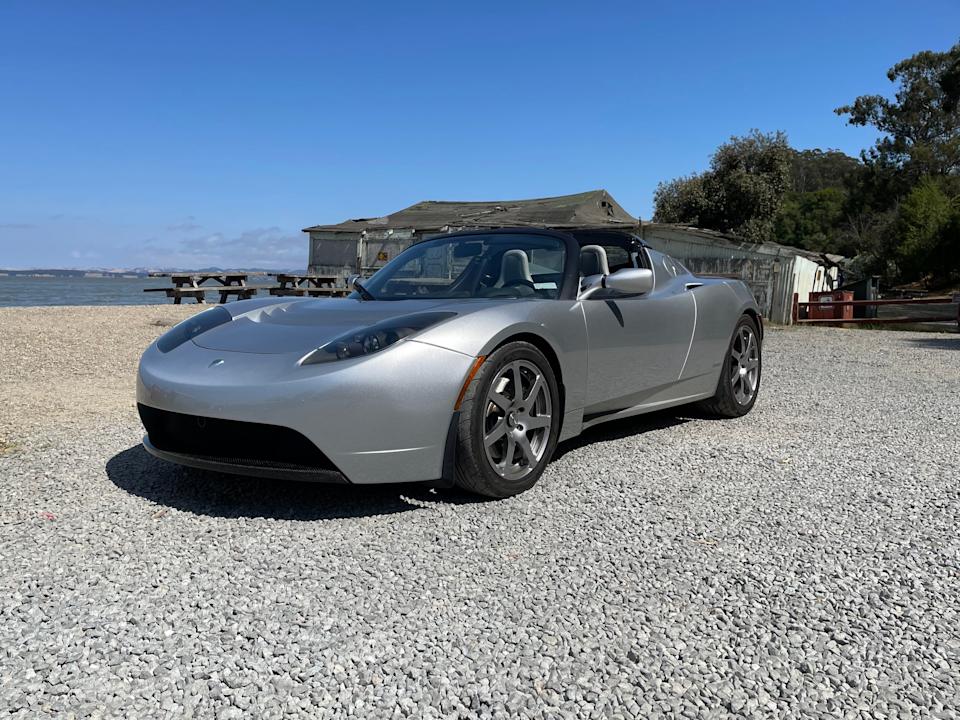
Tesla's first car, the 2008 Roadster, was pivotal in establishing the company's market presence.
Andrew Lambrecht drove one and noted how features like the lack of power steering stand out.
Overall, the Roadster demonstrated that electric cars could be fast, efficient, and stylish.
In 2006, Tesla CEO Elon Musk published a blog post titled "The Secret Tesla Motors Master Plan (just between you and me)." Tesla hadn't built any cars yet, but the post outlined its planned strategy for success.
"So, in short, the master plan is: 1. Build {a} sports car; 2. Use that money to build an affordable car; 3. Use that money to build an even more affordable car; 4. While doing above, also provide zero-emission electric power generation options," Musk wrote.
Tesla followed this strategy. Its first product was the 2008 Roadster, a $100,000 two-seater sports car. Tesla then built the more mainstream Model S and Model X, eventually paving the way to the Model 3 and Y.
Tesla is almost unrecognizable from its original form when the Roadster launched in 2008. In 12 years, it went from a cash-strapped startup to the world's most valuable automaker. The Silicon Valley tech firm is now worth over a trillion dollars.
But we cannot forget where Tesla started, and the vehicle that thrust the company into relevance was the Roadster.
The little Roadster that could
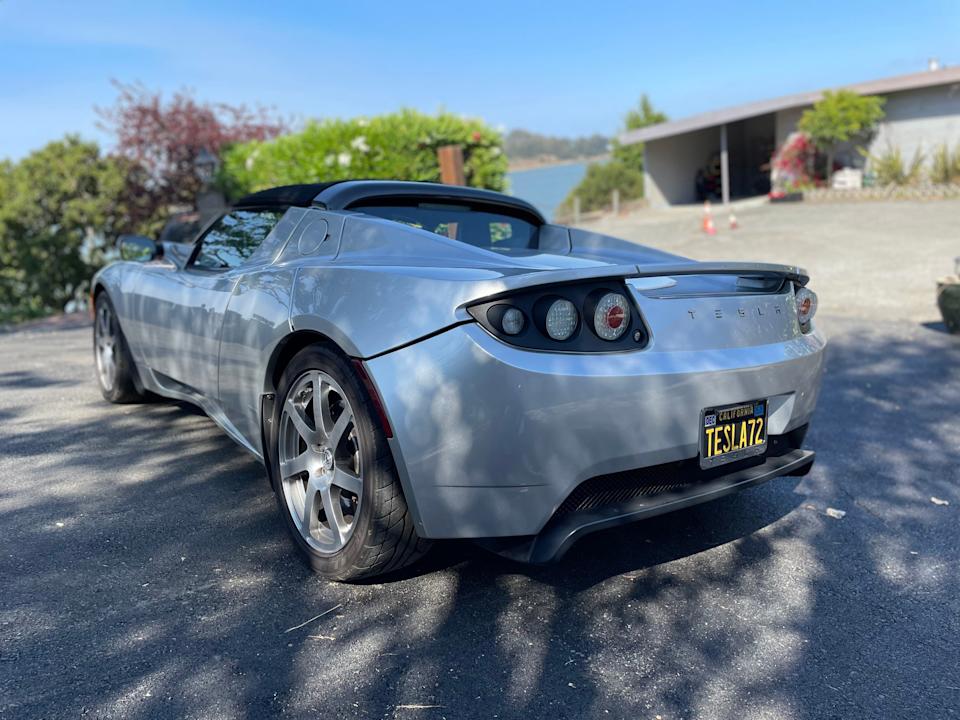
When Tesla started, the goal was straightforward: to make a product cool enough to generate interest among the populace. There were many previous attempts at electric cars, primarily in the 1990s, but none of them became mainstream.
Tesla wanted to prove that efficiency, power, and looks were not mutually exclusive pillars to achieve. The result was designing a fast and zingy electric sports car.
The Roadster could thrust itself to 60 miles per hour in just 3.7 seconds and had a range of 244 miles. It could go further than other EVs at the time, squashing the Nissan Leaf's 73-mile range and the Mitsubishi i-Miev's 62-mile estimate. Most importantly, it didn't look or feel like anything electric on the market.
But the numbers only tell part of the story. On the road, it was completely different from anything I've ever driven.
Back to Tesla's roots
When I was in California last summer, my friend Wade Higgins asked me if I would like to drive his Tesla Roadster. Naturally, I cleared out my calendar.
Wade worked at Tesla from 2013 to 2015. In 2014, he sold some of his Tesla stock and picked up a used Roadster he found online. Wade estimates his Roadster could be worth three times what he originally paid, which was $55K.
Still, with Elon Musk's polarizing right-wing presence and the small number of used Roadsters on the market, current values remain uncertain.
The design
As I reached Wade's house, the doors from his garage lifted, and the silver 2008 Roadster was unsheathed. I had only seen one on the road prior, so merely being in its presence was a surreal experience.
The first thing I noticed was that the Roadster was tiny — its hood barely made it up to my knees. The Roadster was so small because it was based on the Lotus Elise platform. While many newer EVs are built from the ground up on electric platforms, Tesla didn't have the resources back in the old days to do so. Therefore, Tesla partnered with the then-struggling Lotus Cars to procure the vehicle's chassis and help with engineering support.
The result is a 155.1-inch-long car measuring only 44.4 inches in height. For comparison, it's about 30.7 inches shorter than a Model 3.
This small form factor is excellent for its electric powertrain
Aerodynamics are key to securing the range. Simply put, a smaller car means a smaller frontal area. Less area means the vehicle won't have to push as much air out of the way when driving.
The car also uses a relatively small battery. Its 53-kilowatt-hour battery pack allows it to achieve its 244-mile range. A smaller battery means less weight and fewer battery cells to keep cool.
Wade's Roadster is also still on its original battery pack, which, seventeen years later, is still operating normally.
The 2008 Roadster weighs about 2,900 pounds. The low weight means the car doesn't need mountains of horsepower to go fast. The original Roadster "only" made 248 horsepower, which is far lower than most modern sporty EVs.
The feel
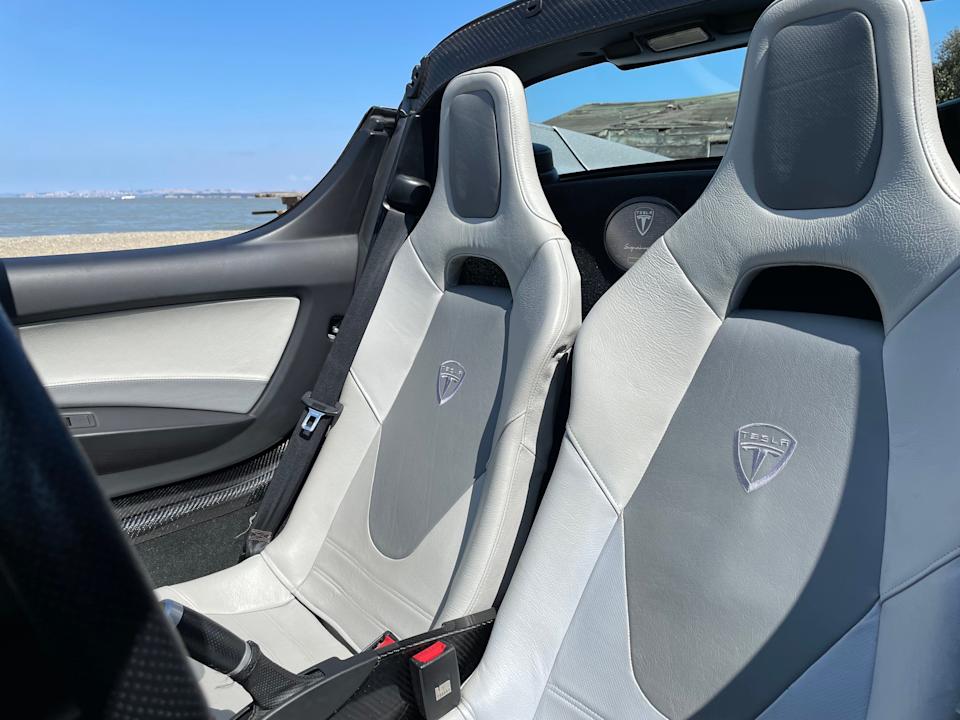
The tight dimensions become immediately apparent when you get behind the driver's seat. Everything feels miniature. You'll literally sit shoulder-to-shoulder with the passenger.
Starting the Roadster is also different from any other modern Tesla. There's no app or sleek keycard — instead, owners have a physical key. Slide it into the receptacle to the right of the wheel, twist it, and you'll hear a muted electronic hum, an analog ritual for an electric car.
The only attribute the Roadster shares with modern Teslas is the minimalist "TESLA" typeface across the rear. Beneath its sleek exterior, a brutal and raw sports car resides.
Another interesting quirk? There's no power steering.
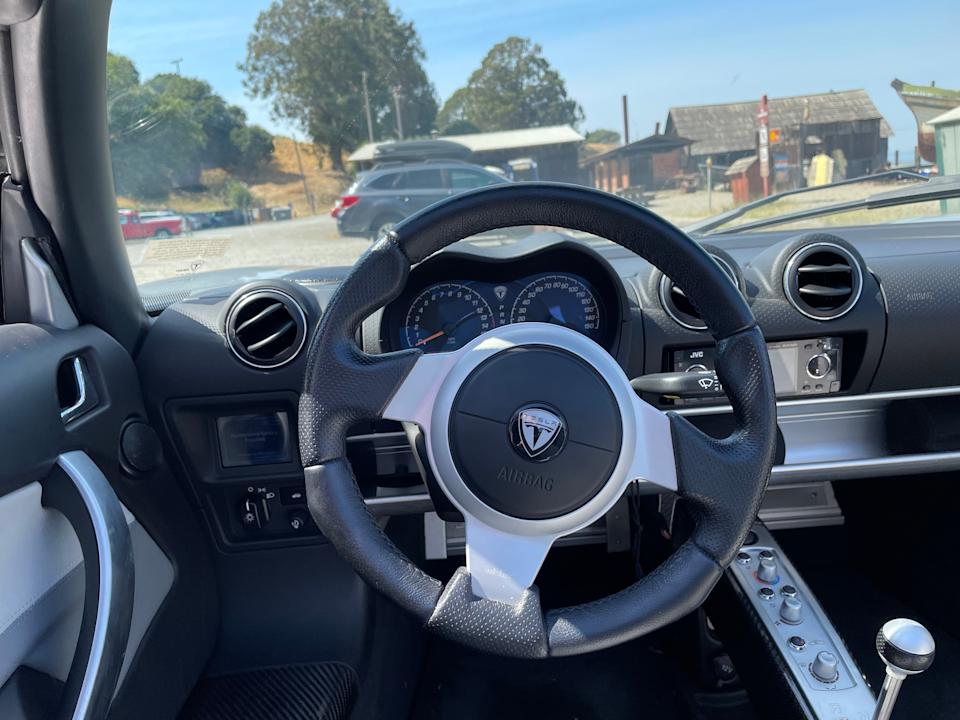
At low speeds, the driver receives a complimentary bicep workout. Especially when navigating through parking lots, you must supply a decent amount of force to make the car turn.
The lack of power steering also means there's no intermediary between the road and the steering column. Every bump, crack, and imperfection in the asphalt's surface permeates up the steering rack and into your fingertips.
The ride is just as unforgiving. The taught suspension transfers shocks directly into the cabin, creating a bumpy but visceral driving experience. Every jolt and vibration reminds you that comfort was never a priority in the Roadster.
All of these attributes deliver a raw and engaging ride. It was truly one of the most fun EVs I've driven in recent years, but I could assume the harshness would get old if I drove this car frequently.
Charging
The Roadster can't use Superchargers because it launched four years before the first one was built. Therefore, it cannot DC fast charge, meaning you're limited to slower AC charging.
At home, the Roadster will charge at 70 amps, which is high even for today's standards. Most EVs top out at 40 or 48 amps. This means the Tesla Roadster can charge at 15.4 kilowatts, adding about 60 miles of range per hour. A zero-to-full charge takes three and a half hours.
Public charging the Roadster adds some complexity. It uses an obsolete charging connector, so a regular Tesla NACS connector won't work. You'll need an adapter if you want to charge on a public level 2 station.
The Tesla Roadster wasn't made to be a mass-market vehicle
The Roadster was made to show the world what electric cars could be.
Despite being 17 years old, the Tesla Roadster still breaks many preconceptions. It's lightweight, blisteringly quick, and still running strong, thanks to the long-lasting battery pack.
If it hadn't been for the Roadster, Tesla would likely not be where it is today. I think it's the most important car of the 2000s.
Read the original article on Business Insider
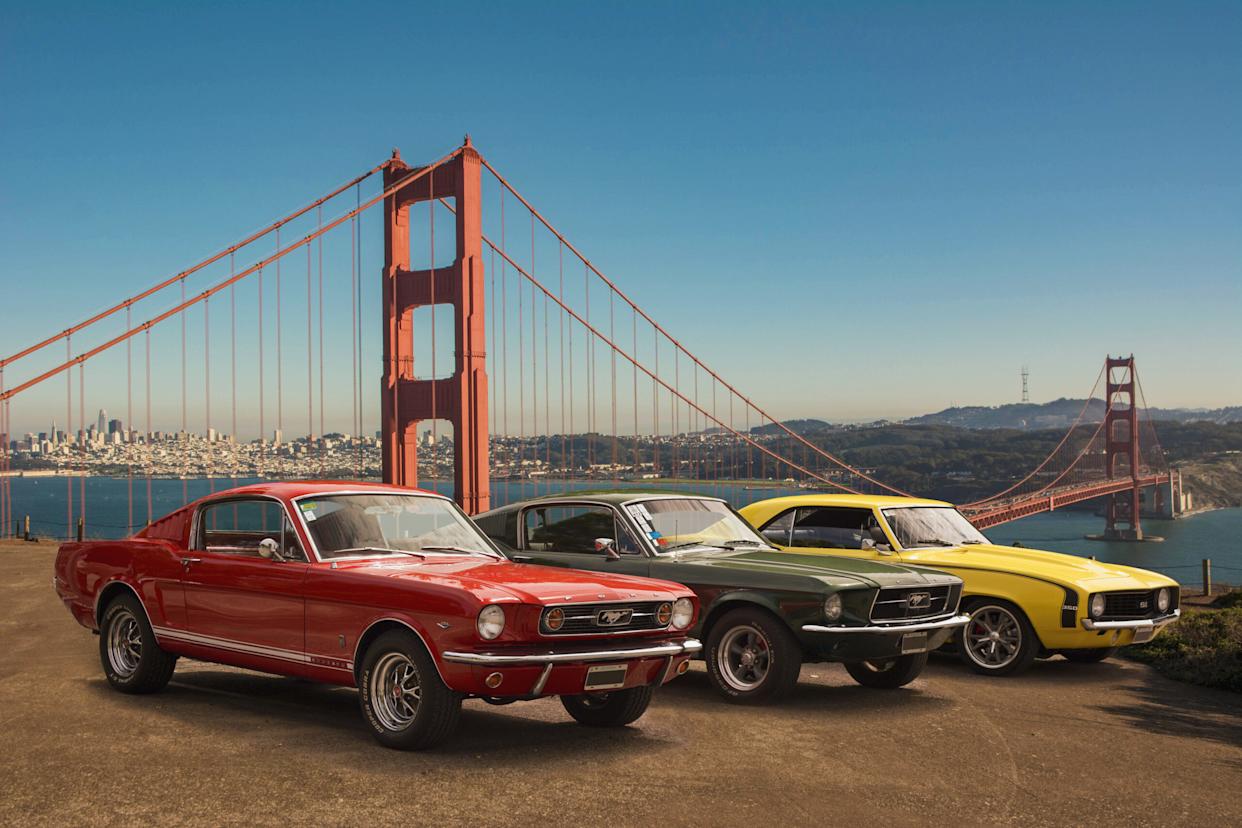

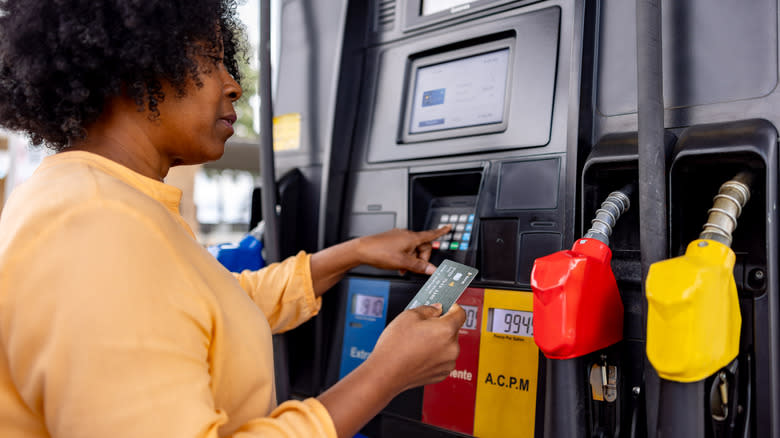

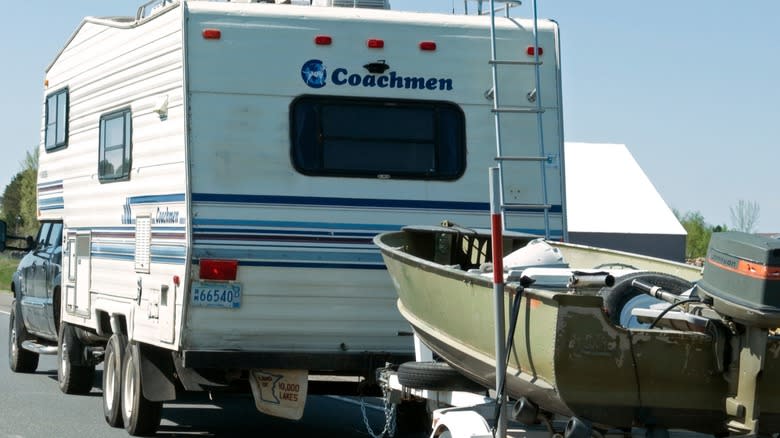
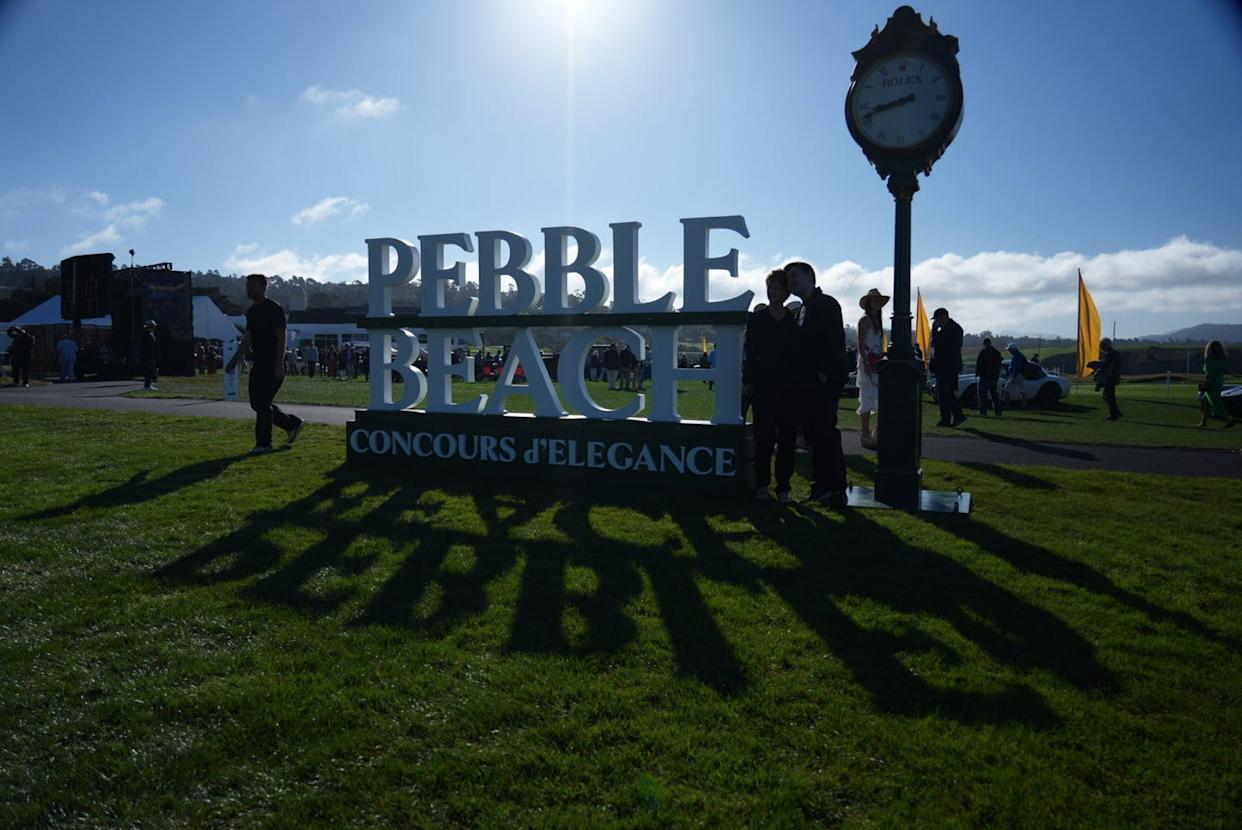
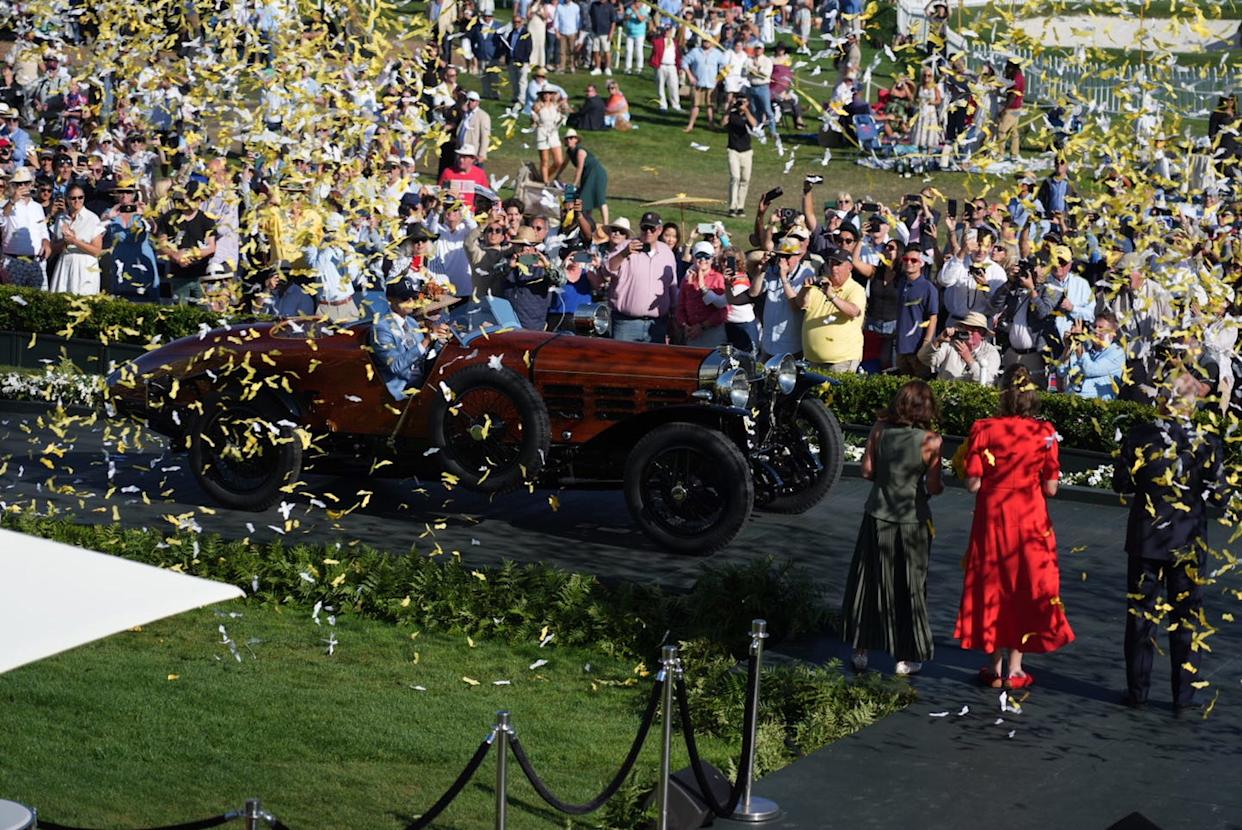
Comments